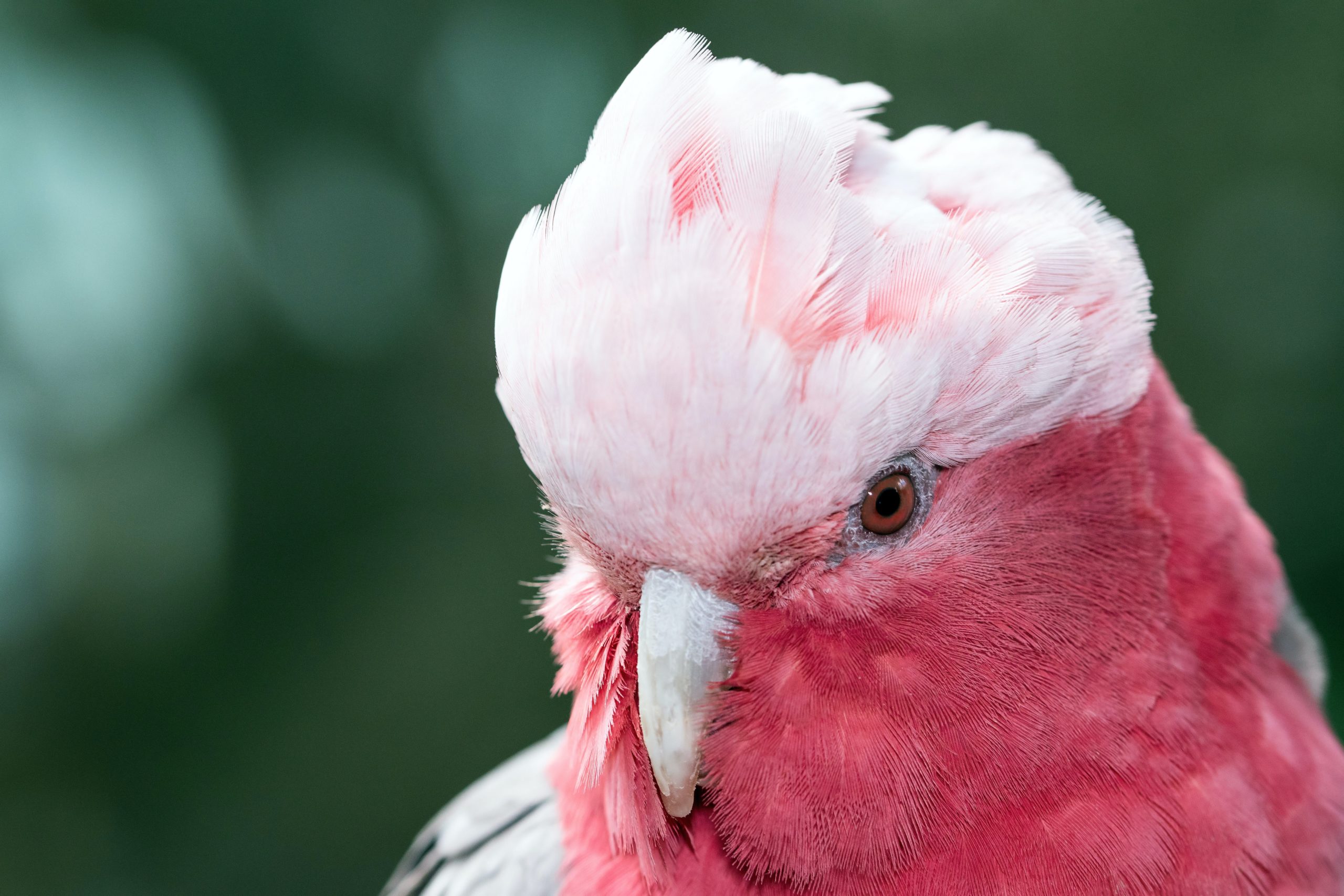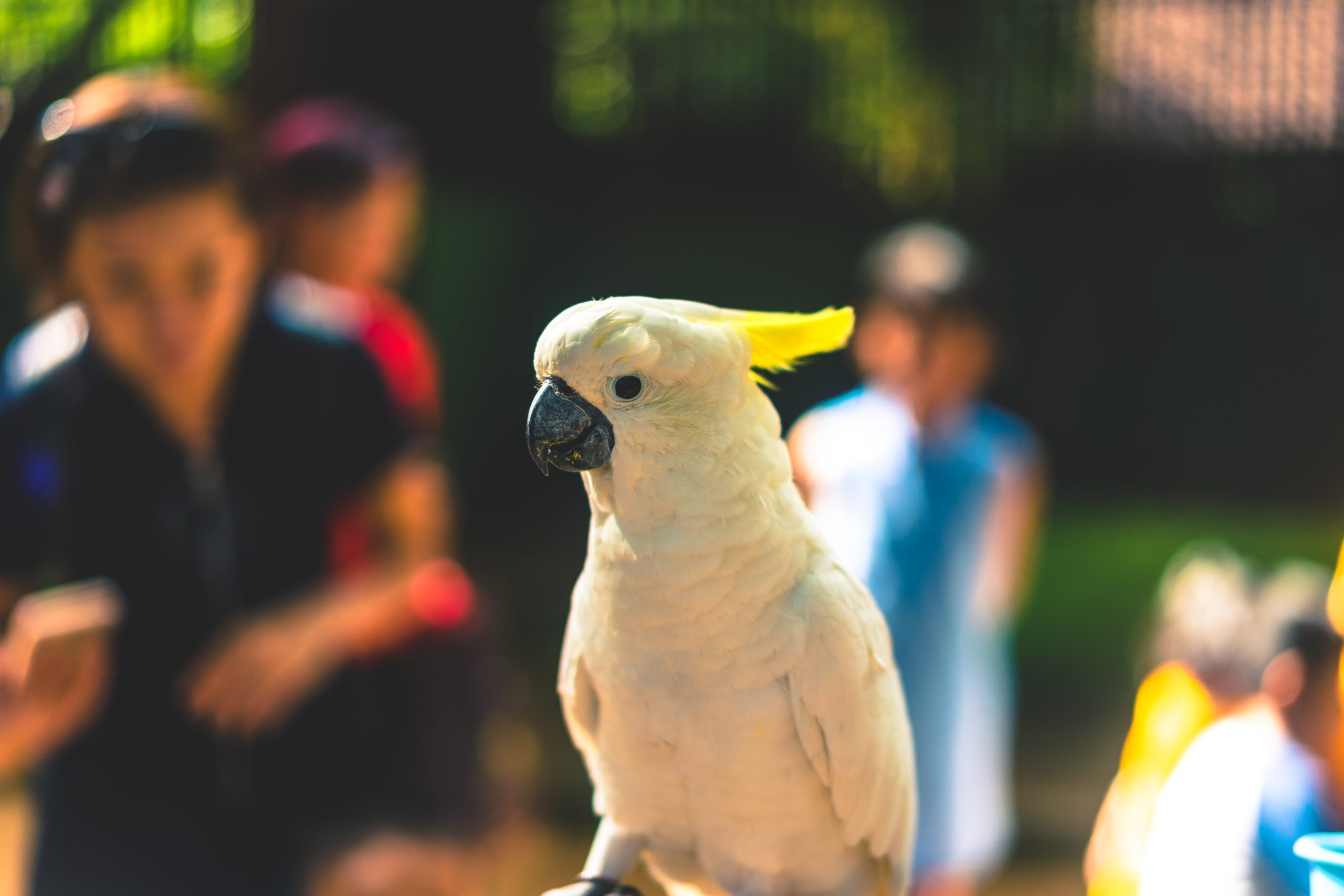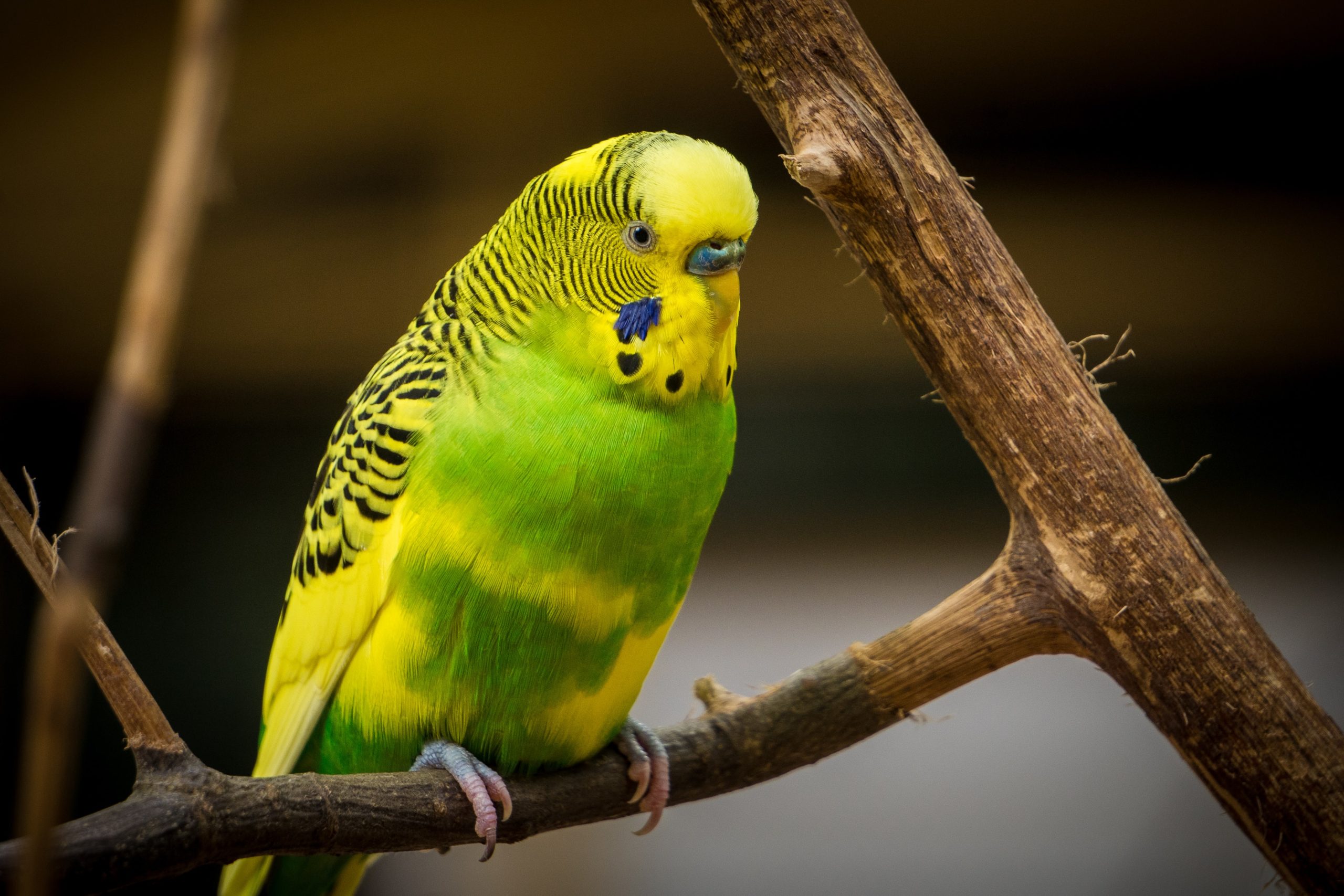Unlike dogs and cats, parasites are not commonly diagnosed in pet birds. When present, however, they can cause generalized debilitation for the birds. Some parasites cause specific clinical conditions. When present, they can be symptomatic of another disease.
Birds can have internal (digestive and respiratory systems) and external parasites. The internal parasites include worms and protozoa, and external parasites include mites, lice, ticks, fleas, and mosquitoes. There are also some parasites that affect the blood.
What worms can infect the digestive tract?
Worms that commonly infect the digestive tracts of birds include roundworms, hairworms, gizzardworms and tapeworms. They usually cause weight loss and malaise due to weakness, but can cause sudden death. The presence of worms is diagnosed by examination of the droppings by your veterinarian. Alternatively, treating infected birds will often result in dead worms being visible in the droppings within 48 hours.
Keep in mind that a single negative test is often meaningless. Because not all parasites shed a large number of eggs on a regular basis, multiple faecal tests are often necessary to diagnose parasites. Because faecal examinations are inexpensive, having one or two tests performed each year won’t cost much and yet will help ensure your bird’s health.
What are protozoa?
Protozoa are single-celled organisms that are larger than bacteria, and can cause serious disease. A protozoan is the cause of ‘canker’ in pigeons and budgerigars. Birds with this disease may have diarrhoea, weight loss and listlessness, and some pigeons have a white ‘cheesy’ deposit in the back of the throat. The disease is fatal if untreated.
The other protozoa also tend to cause diarrhoea, listlessness, weight loss, or death e.g. Giardia in Cockatiels (in which severely itchy skin lesions are also seen). Diagnosis of these problems usually involved identifying the parasite in the crop or in the faeces.
What are the parasites of the respiratory tract?
Gapeworm and air sac mites are the most common parasites of the respiratory tract. Signs of respiratory problems include increased respiratory effort, with gasping for air, or discharge from the nose, and coughing. Gapeworm can be diagnosed by testing the droppings. Infection with air sac mites results in a characteristic ‘clicking’ sneeze or cough, as well as the above signs. Canaries often develop infections as a result of tracheal mites. Diagnosis can be difficult, and treatment by your veterinarian is required. Often several treatments are needed.
What is Scaly Face mite?
Budgerigars and canaries most commonly develop scaly leg and face disease caused by the Cnemidokoptes pilae mite. This mite infection results in a scaly or crusty appearance on the legs and feet, and around the beak or eyelids. The appearance of the bird is characteristic, which is usually sufficient for diagnosis, although your veterinarian can identify the mite under the microscope. Treatment with a diluted form of the drug ivermectin is effective – this needs to prescribed by your veterinarian.




